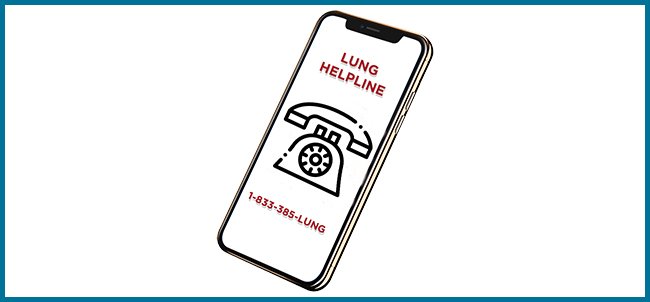Diagnosis
Because there is not one particular test to diagnose pulmonary fibrosis, it may take some time to determine if you have the disease. You will likely need to undergo many different tests and often doctors will first rule out other possible diseases and will start with those tests that are the least invasive and only order more if needed. These tests will help you and your doctor get a better understanding of your condition. The items listed below are some of the steps and tests that will help your doctor make the right diagnosis for you.
- Medical History
- As a first step, your healthcare provider will first ask about you and your family’s health. They will want to know any symptoms you may be having (for example: coughing or shortness of breath during physical activity) and if you have any other medical conditions.
- Physical Examination
- A physical examination is a common test to start with. Your healthcare provider will check for any visible signs and symptoms that could indicate pulmonary fibrosis.
- Oxygen Testing
- This painless test measures how much oxygen is in your blood (oxygen saturation). Your doctor or another healthcare provider will clip a "probe" to your finger to measure and monitor how much oxygen is in your blood. This alone does not diagnose COPD but could be one of the tests that assists with a diagnosis. If you want more information on how to get your oxygen tested, talk to your doctor. To learn more about Saskatchewan's oxygen funding, visit our Lung Health Materials to download the Home Oxygen Brochure.
- Arterial Blood Gases (ABGs)
- ABGs measure the amount of oxygen that is carried in your blood. A blood sample is usually taken from an artery in your wrist.
- Pulmonary Function Tests (PFTs)
- PFTs or ‘breathing tests’ are a series of tests used to find out how well you move air in and out of your lungs and how well oxygen enters your bloodstream from your lungs.
- Six Minute Walk Test (6MWT)
- Shortness of breath when exercising or doing physical activity can be a common first symptom people notice with pulmonary fibrosis. This test measures how far you can walk in six minutes, how difficult it was for you to walk in the six minutes, and if your oxygen levels in dropped with walking.
- Blood Test
- Although a blood test cannot confirm pulmonary fibrosis, it can be used to help rule out other lung-related conditions.
- Chest Radiography (x-ray)
- A chest x-ray is a test that uses electromagnetic waves to create pictures of the structures in and around your chest. A chest x-ray will often provide some useful information such as the size of your lungs, and can also help rule out other lung diseases.
- Bronchoscopy
- A bronchoscopy is a test that allows the doctor to look through your nose or mouth into the trachea (windpipe) and down to the bronchi (large airways) in your lungs.
- High Resolution Computed Tomography (HRCT)
- This test is also known as a CAT or CT scan. These scanners are able to take more detailed x-rays of the chest.
- Lung Biopsy
- A lung biopsy involves small incisions into the side of the chest to remove a small part of the lung tissue and examine it under a microscope.





